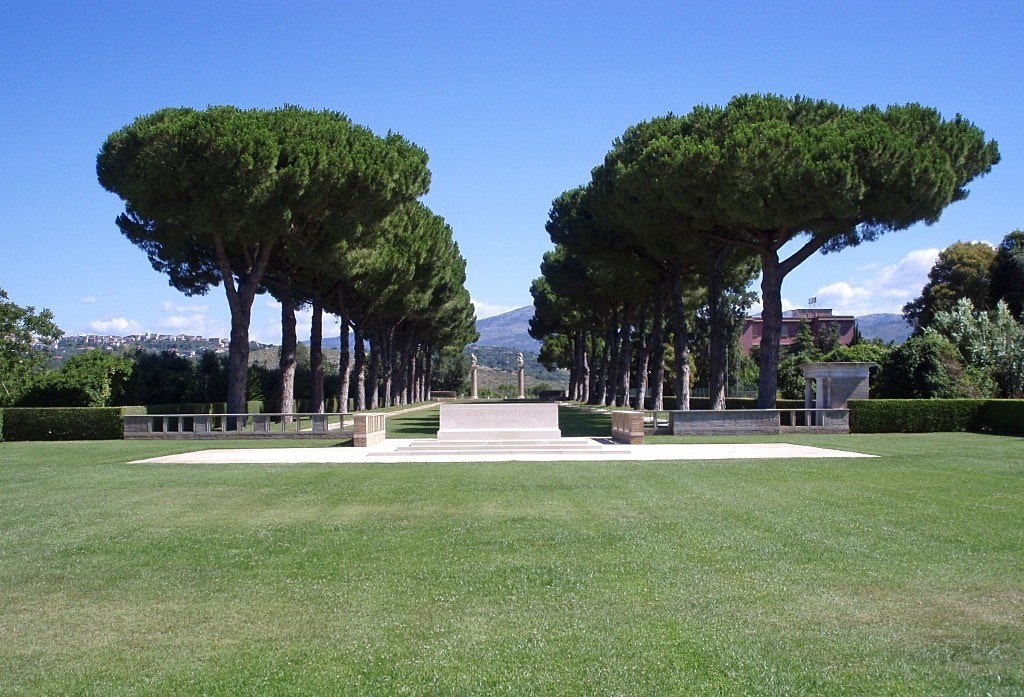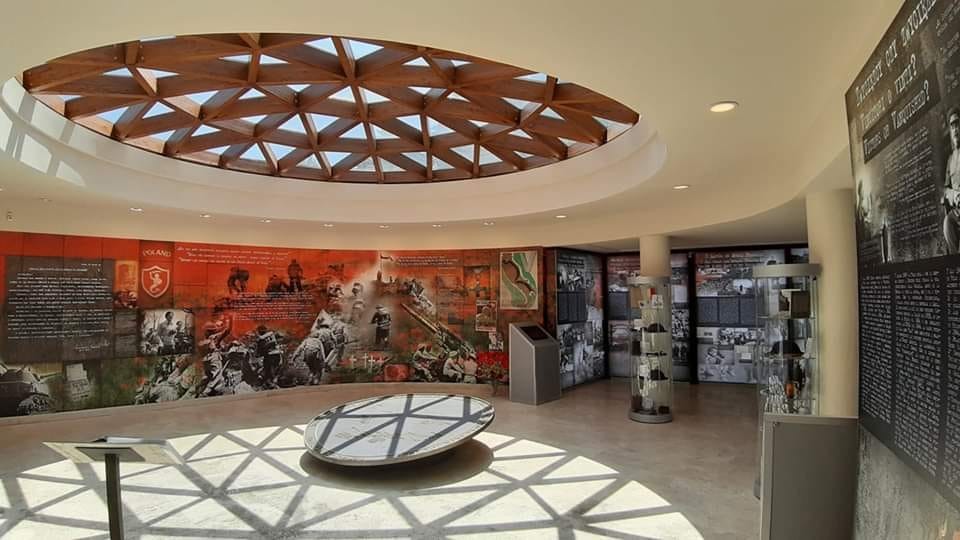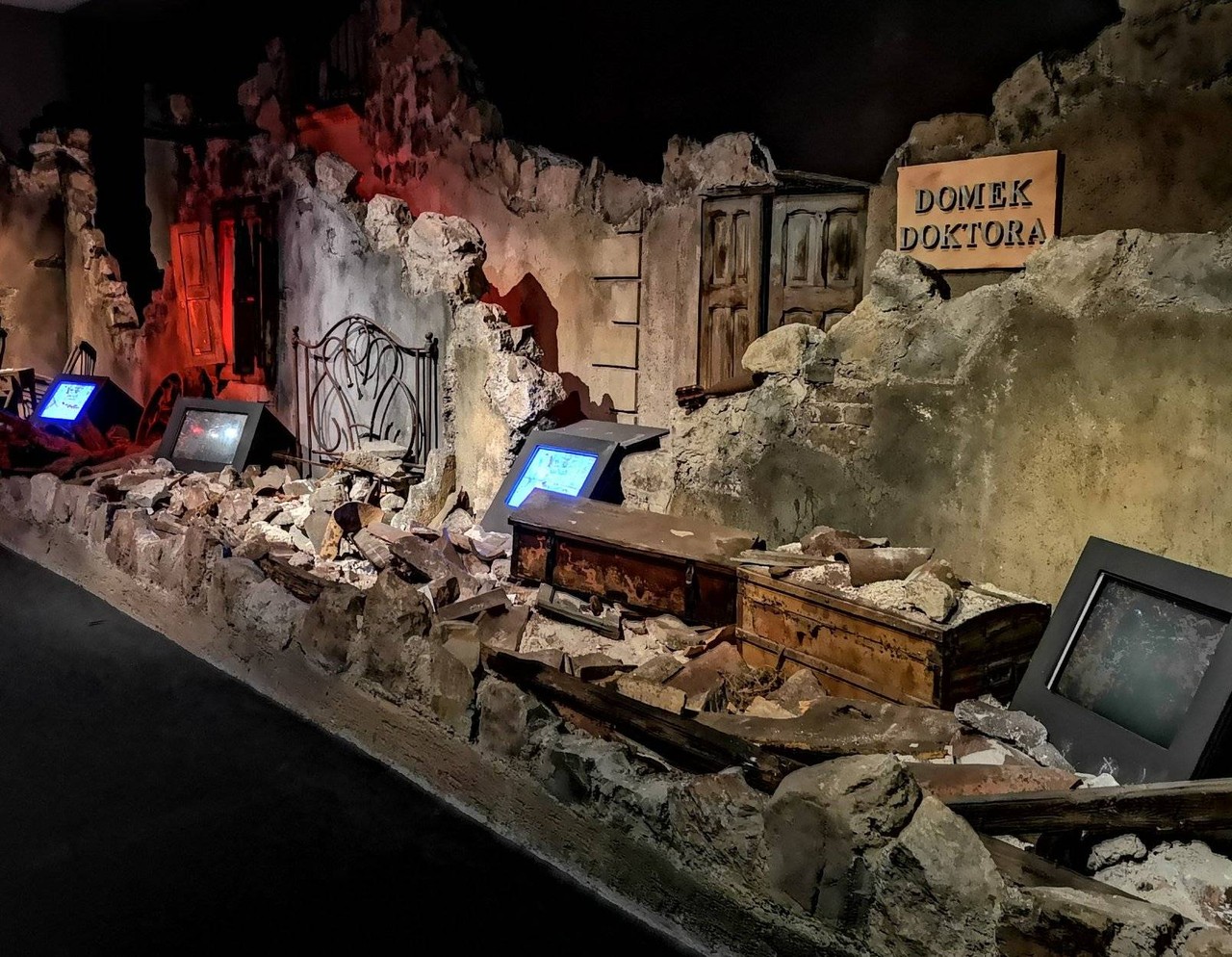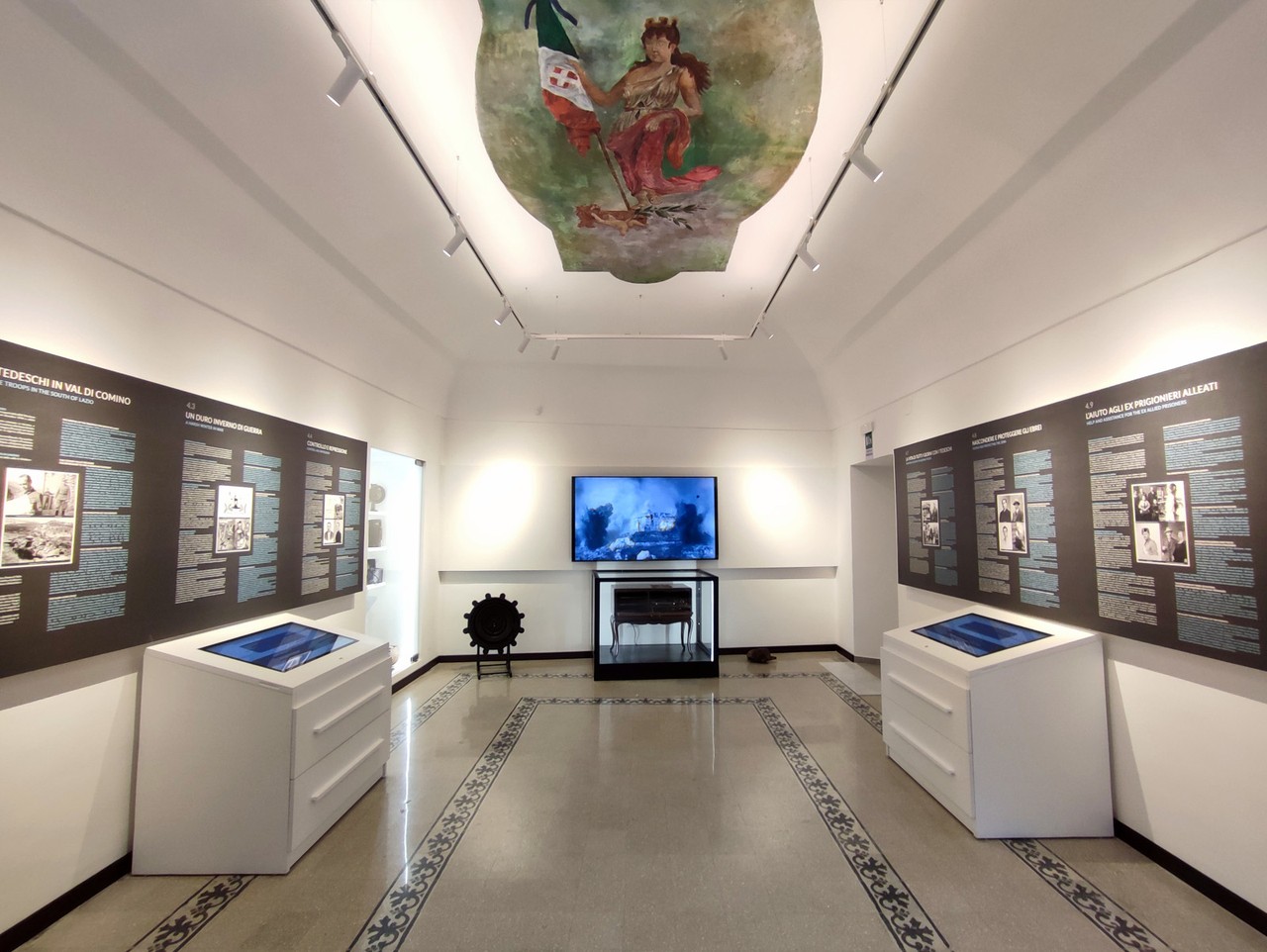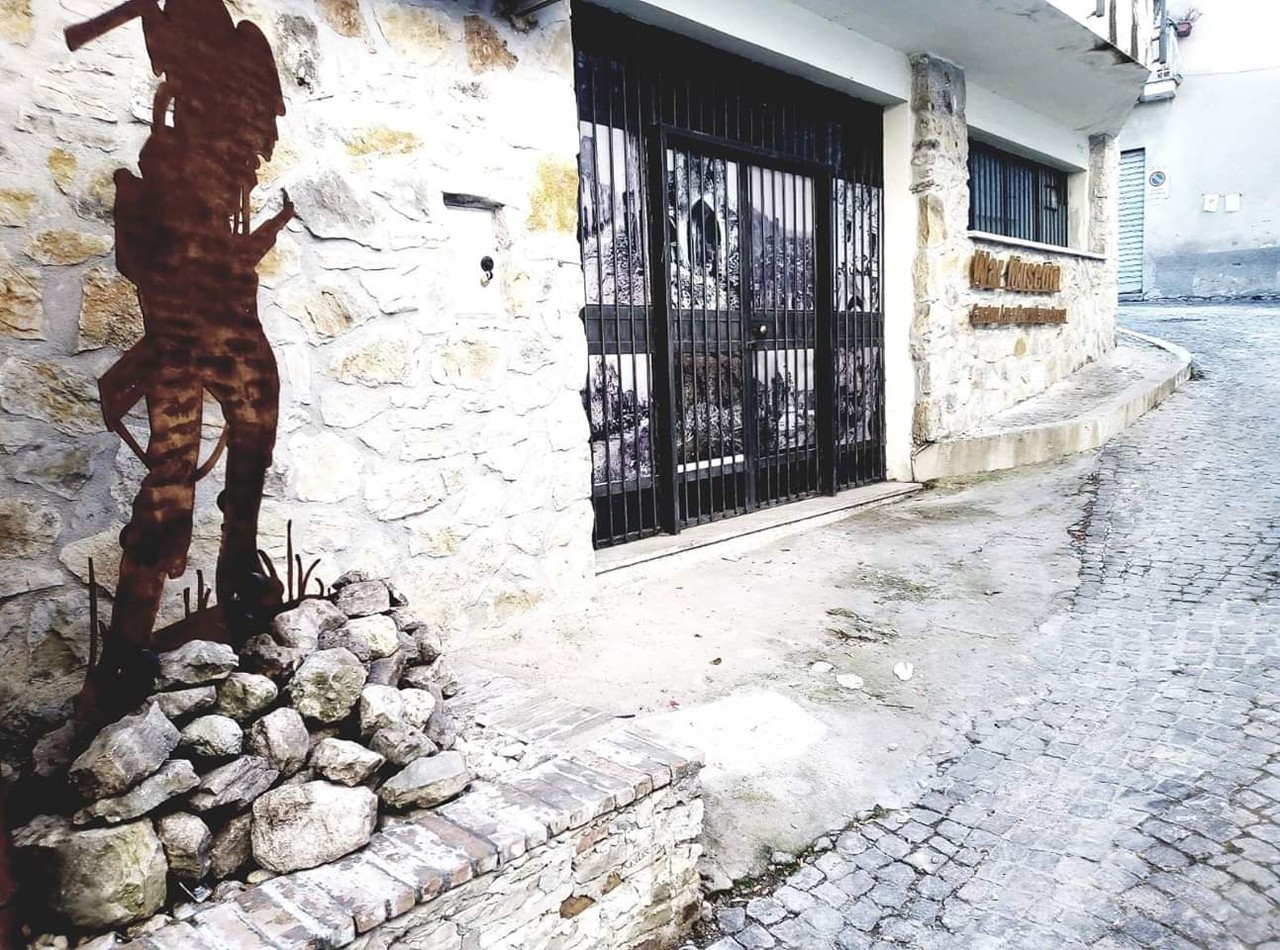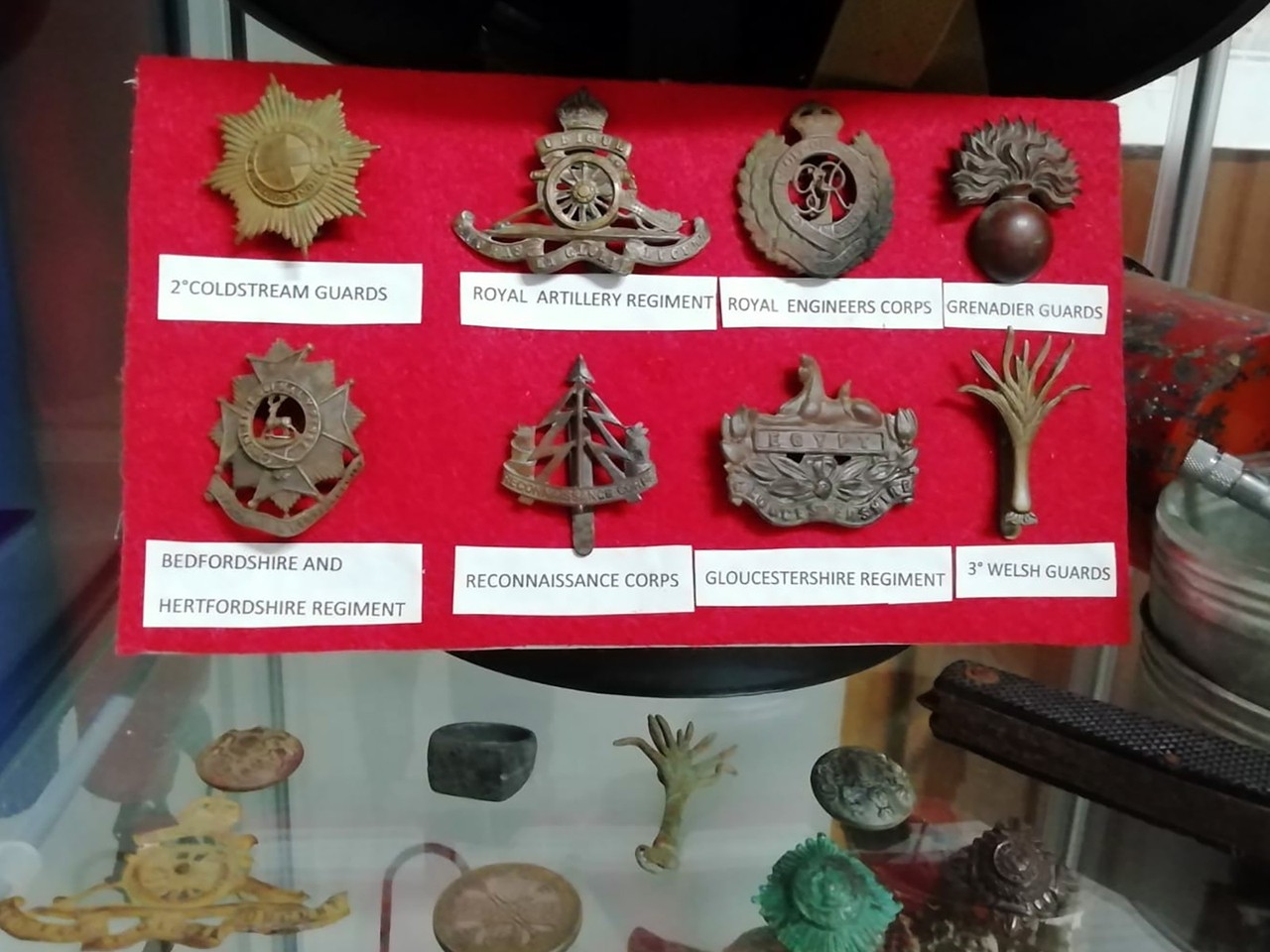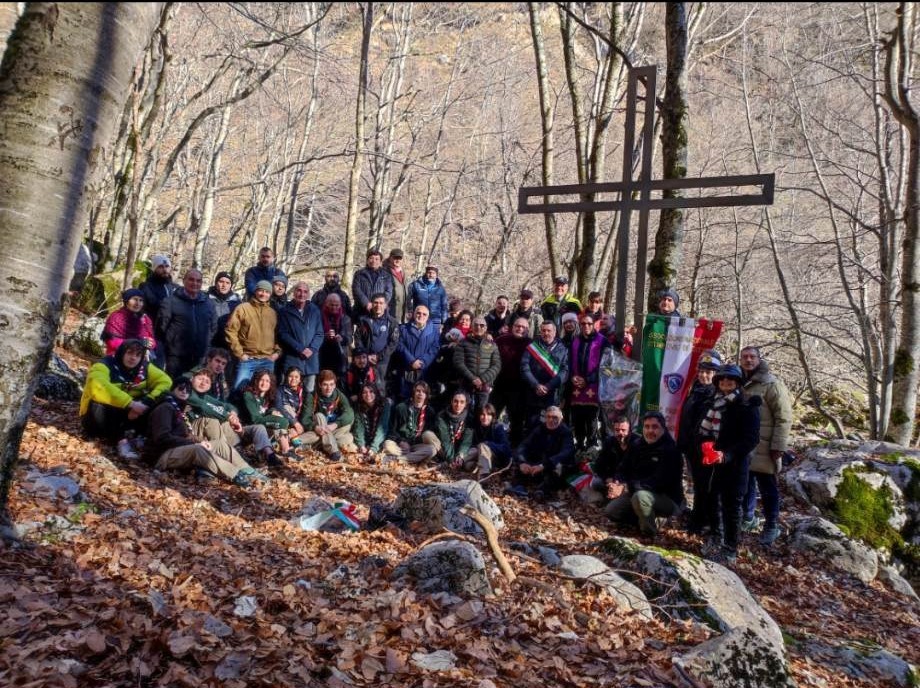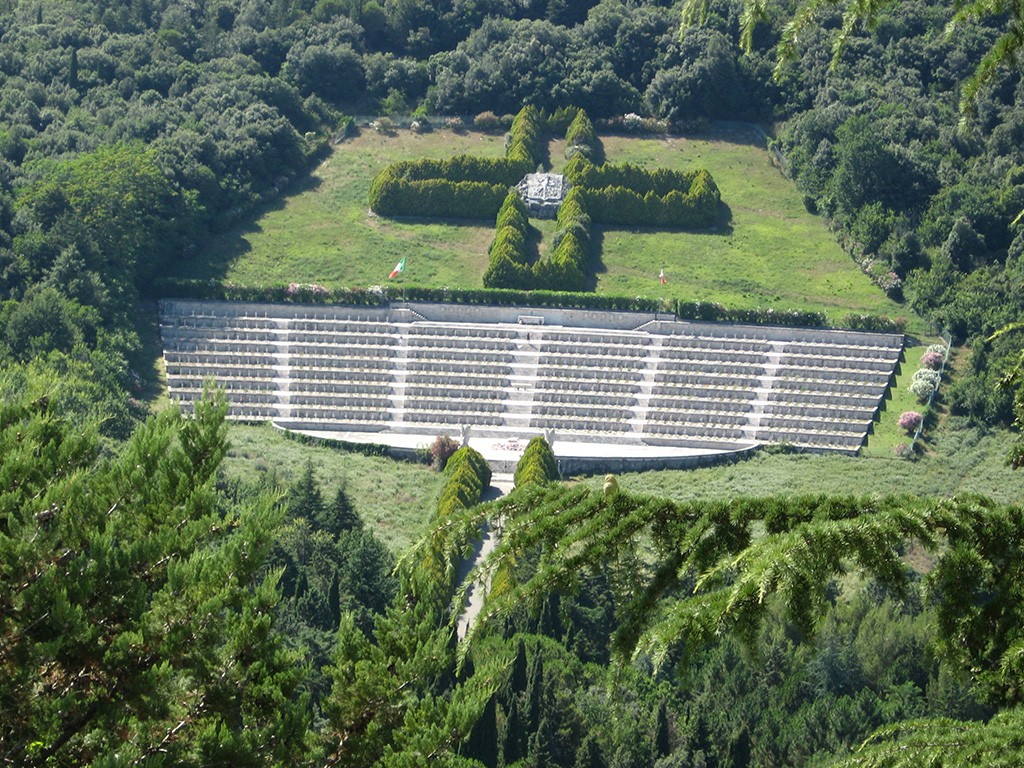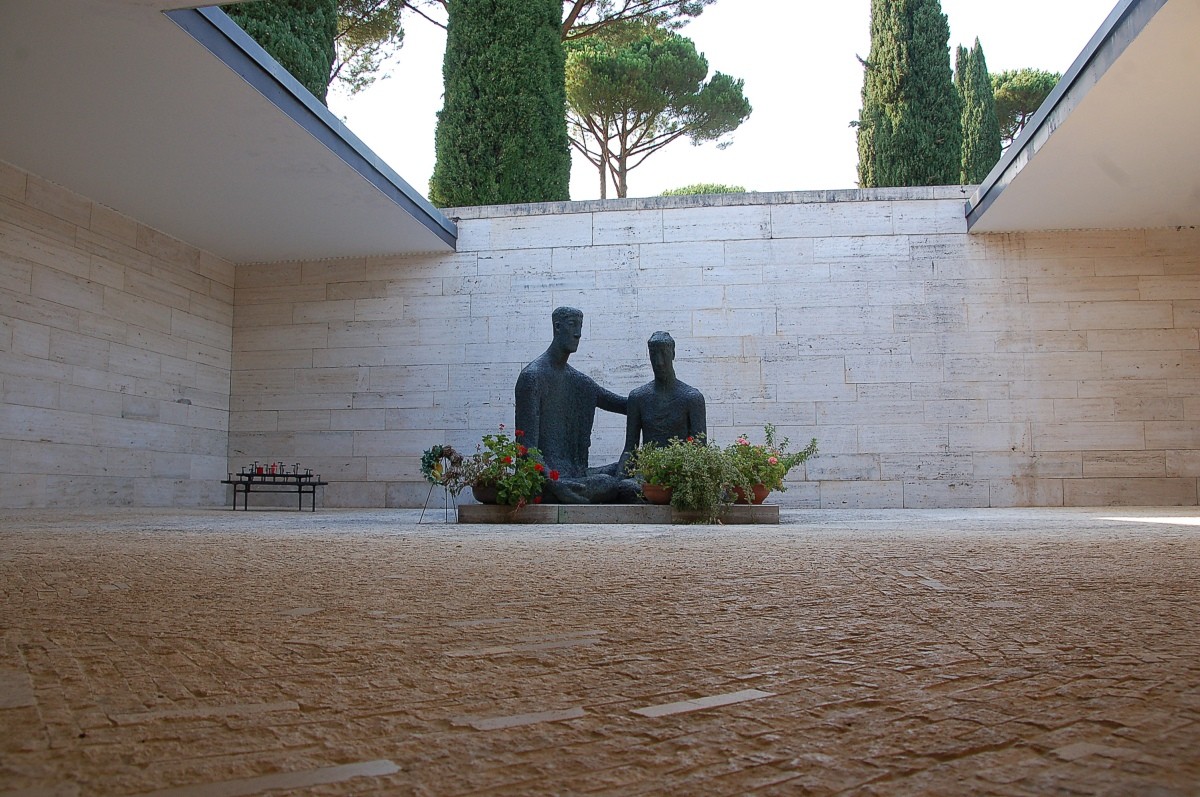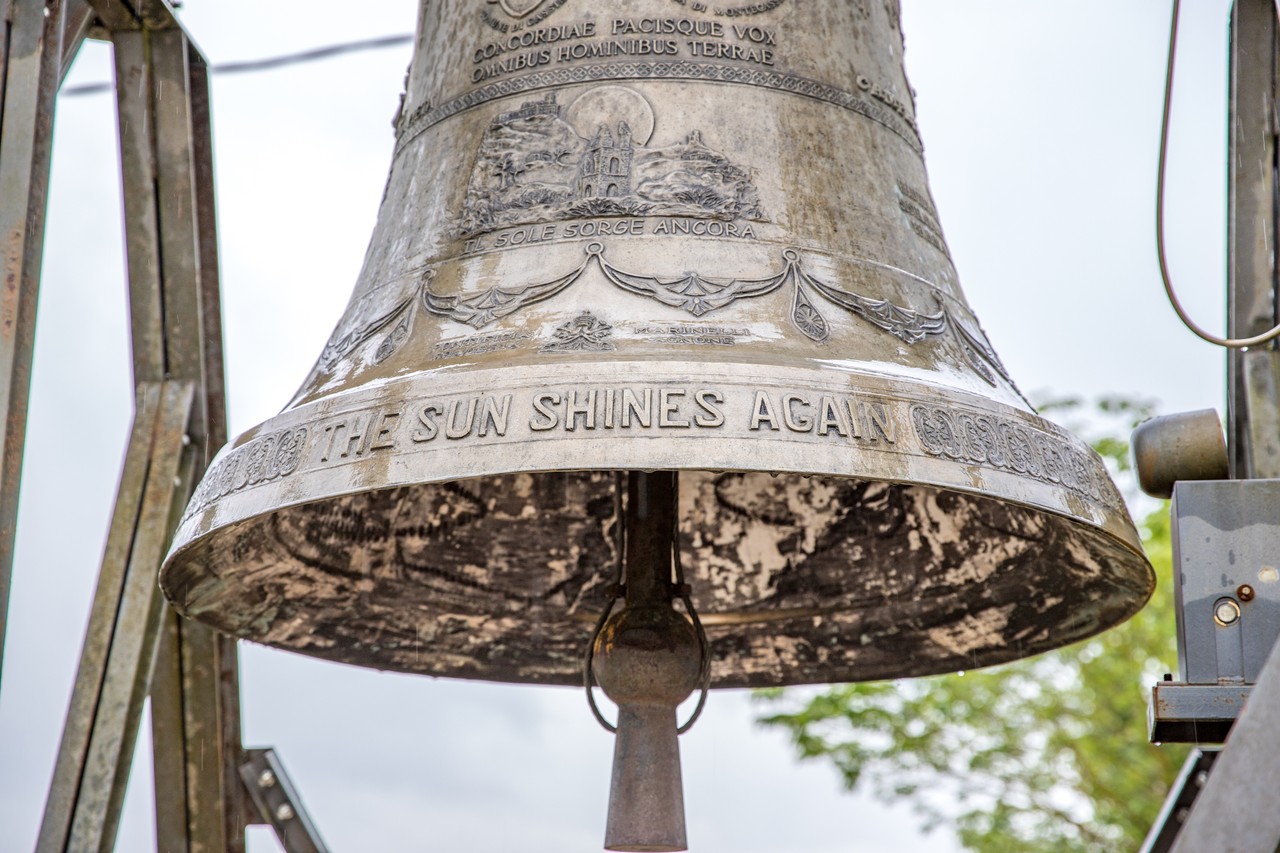The Gustav Line: Italy divided in two between the Adriatic and Tyrrhenian seas
Italy
Bookmark
Plan
Share
The route allows visitors to get to know and visit the most memorable places of the fighting that took place on the Gustav Line between January and May 1944. These places are full of stories of soldiers and civilians who experienced the unspeakable suffering of the battle for the liberation of Italy in the long, cold winter of 1943/44.
A melting pot of so many nations that came from all over the world to fight and die in Italy for our freedom. Besides providing an insight into the historical events, the tour seeks to understand the motivations and reasons of these Allied fighters and the great suffering endured by the civilian population: squeezed between two fires, the Allied shelling and the German violence, and finally the violence at the hands of the French colonial troops.
After losing Sicily and with the Allied advance from the south of Italy, the Germans decided to defend the territory yard by yard; after the landing at Salerno on 9 September 1943, following the Armistice announced on the 8th, they built the most powerful defensive line, calling it the 'Gustav Line'. Other defensive lines are implemented to slow down the Allied advance: the defensive line is placed in the narrowest and most mountainous part of the boot, between Ortona on the Adriatic Sea and Minturno on the Tyrrhenian Sea. It exploits the natural defences built into the Apennine mountains, the presence of many rivers and other defences allowing defenders to gain a major advantage over attackers.
Cassino and its mountain with the thousand-year-old Benedictine Monastery at the apex is crucial in this line of defence: this place is significant because the Via Casilina, Route 6, passes through here, the only one that can be travelled by motor vehicles to the north, and it also overlooks the Liri Valley, whose width of about 8/10 kilometres makes it the only flat place in the German line of defence. The goal is to reach Rome as soon as possible, but this became a mirage for a long time. Not even the Anzio landing on 22 January 1944 succeeded in breaking this defence. The German units, outnumbered and outgunned by the Allies, were entrenched behind the Rapido, Gari and Garigliano rivers, behind the high hills overlooking the valley, in emplacements safe from Allied artillery fire. The American Fifth Army, which commanded the sector, with General Mark Clark at its command, had a melting pot of different nationalities, who alternated in their attacks against the German line. The Allies tried to exploit total air superiority, with many bombing raids on places of military interest, but certainly the two best known and most dramatic episodes were the bombing of the Abbey of Montecassino on 15 February 1944, and a month later the city of Cassino. Both were wiped out. However, this did not help the Allies to break through the Gustav Line, and indeed such destruction, apart from severe civilian casualties and the destruction of priceless historical sites, resulted in an advantage for the defending Germans.
Americans, New Zealanders, British, Canadians, Indians, Nepalese, French, Moroccans, Tunisians, Algerians, Poles... and others fought four battles before they succeeded in breaking through the Gustav Line, which was considered broken on 18 May 1944 when Polish soldiers of the II Corps under the command of General W. Anders entered the ruins of the Abbey and planted their flag and the British flag there.
This apocalyptic scenario of death and destruction was accompanied by the tragedy of the civilians, who took refuge in the mountains in improvised shelters, deprived of everything, with the danger of being bombed by the Allies, whose military objectives were close to them, and the serious violence perpetrated by the German soldiers. There was no country on the Gustav Line that did not suffer bereavement from the massacres carried out by the Germans. Lastly, the civilians who were in the area where the French colonial troops advanced in May 1944, the drama of the so-called 'Marocchinate', recounted by Moravia in his book and reported in De Sica's well-known film. Eventually, the way to Rome was open, but the territory was completely ravaged, resulting in untold mourning for the casualties among the Allied Soldiers, as witnessed by the war cemeteries found there, and among the civilian population.
The route is meant to immerse visitors in this history and make them participate in it.

